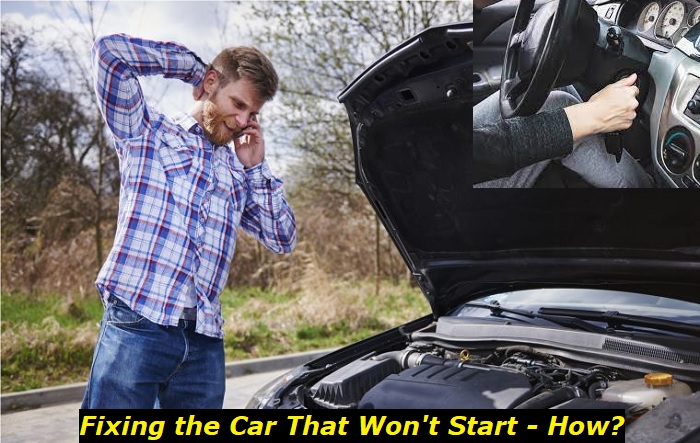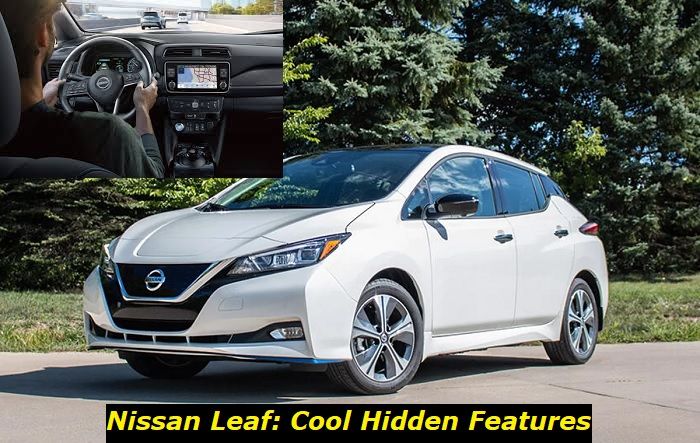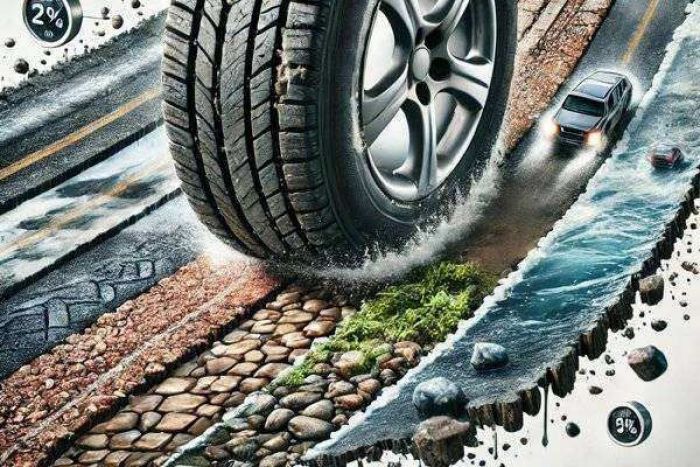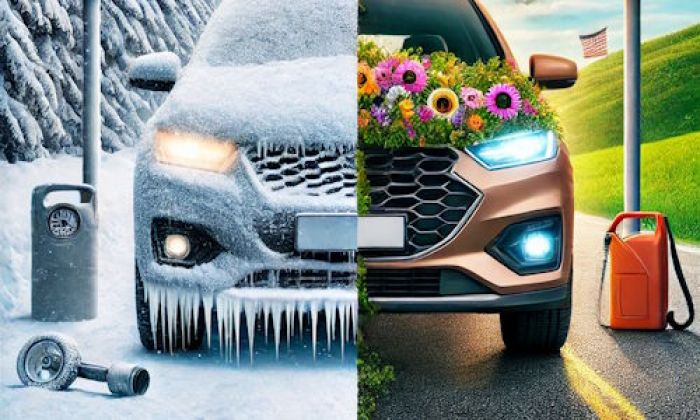One of the things that will quickly ruin your morning is when your car fails to start. Imagine waking up all psyched up, walking confidently to the driveway, entering your vehicle, and turning the key, then boom - nothing.
No-crank-no-start problem highlights
- Level of urgency:High
- Can you drive?Obviously, no
- DIY inspection:Possible
- DIY repair:Possible but complicated
- Price for repair:$150 - $500
- Common Reasons:Power, starter, wiring, ignition cylinder
- Ways to fix:Check the battery, jump the starter, check wiring and connections

Reasons Why the Car Won't Starting
A car failing to start can worry you to the bone. It can inconvenience you and mess up your day to the end. Find out the possible reasons for this problem.
1) Battery Issues
The primary reason your car fails to start is the battery. According to the AA, one of the largest British motoring associations, dead car batteries contribute over 50 percent of the causes of cars failing to start. The company says that in all the areas its patrols responded to because a vehicle failed to start, 55 percent were due to battery problems.
Your battery could develop one of two problems. It could be dead, or corrosion could be the issue. If your tool kit contains a battery tester, test to see if it is dead or weak. If you do not have a tester, try to jumpstart the vehicle and allow it to run for a while for the battery to recharge.
Corrosion is another reason your car may fail to start. When you have corrosion problems, even jumper cables will not help. Try to wipe and clean your battery terminals to ensure the connection is clean. Restart the car. If it works, your battery is okay, only dirty.
2) Faulty Ignition System
Your ignition system can fail in one or two ways. You could have a faulty starter motor, or the ignition coil could be the problem. You have a bad starter motor if you turn the key, but all you hear is a single click, and the engine does not start. The starter motor physically turns the engine over and causes it to fire.
If the starter motor is the cause of your troubles, you will need to install a brand-new one. These components typically last between 30,000 to 200,000 miles, depending on the car's make and model.
When you turn your key, all that comes on are the dome lights, your battery is alive, but the ignition coil is dead. The ignition coil turns the voltage from your battery into the electric energy that cranks the battery over. A dead ignition coil means the system will not receive enough electric voltage to start the car.
3) Fuel Problems
If your vehicle fails to start, your gas tank could be empty, or the fuel delivery system, primarily the fuel pump, could be faulty. Would it not please you to find out the problem is because you are out of fuel? That means no repair costs.
Another possible issue with fuel is a faulty fuel delivery system. If your fuel tank develops any problem and cannot deliver fuel to the cylinders, there will not be enough fuel to start the car. If your tank has a faulty relay or fuse, you can check and fix them. However, you may need a professional to fix the pump if it is damaged or broken.
Other possible causes include the following:
- Electrical issues
- Problems with the engine
- Engine immobilizer rejecting your key
- Spark plugs, among other factors.
Ways to Bring a Dead Battery Back To Life
As mentioned earlier, a dead car battery is a primary reason your car fails to start. If you have a dead battery, try the following reviving tips.
1) Using Jumper Cables
If you can access a second battery, a booster, or another car, you can use jumper cables to jumpstart your battery. If the battery is entirely out of juice, do not try to recharge it. It will not work. You to keep the engine on to allow the engine to recharge.
2) Using Epsom Salt
If your battery is dead because of a low electrolyte level, topping it up can fix the problem. You can increase your battery's electrolyte level using an Epsom salt solution. This solution is available in your nearest drug store, home gardening center, or grocery store.
Adding enough of this solution to the electrolyte mix might trigger the chemical balance to produce enough charge to revive your battery and start the engine. You can also use distilled water to increase your battery's electrolyte level. Distilled water submerges the battery plates to give them more area for reaction.
3) Dissolve Aspirin in Warm Water
Imagine yourself out in the middle of the forest on a camping retreat. Your battery is dead; the nearest place to access a second battery is 50 miles away. If you have aspirin tablets, you may be safe.
You can use aspirin to alter the chemical reaction of your battery enough to revive it. Crush and dissolve 325 to 500 mg of aspirin in 6 OZ of warm water. Add an equal amount of the solution to each cell in your battery, and add more water to ensure it covers all the plates.
This method works the same way as using distilled water or Epsom salt.
4) Before You Call a Tow Truck, Try These DIY Hacks
Now that you know why your car fails to start try using one of these hacks before calling a tow truck.
5) The Cycling Key Trick
If your car turns on, but the engine will not start, turn on the dome lights and watch if they are bright or dim. If they are bright, your battery is okay. If the lights are dim, your battery is weak and almost dead.
Try cycling the key around ten times to heat the battery terminals and the starter motor. This trick means you turn the key to the start position repeatedly ten times and let it sit for five minutes. Turn the key now, and your engine will crank over.
6) Tap on the Battery Terminals
If your engine fails to crank over because of corrosion on the terminals, there is no way you can clean them if you do not have the right tools. To start the engine and get going, tap on the battery terminals until you create a complete connection between the cables and the battery. You can try starting the engine.
While on the battery terminals, use the same trick for the starter motor. If you can access it, try hitting the starter motor with the tire iron of the car jack. If electrical connections are stuck, tapping them can free the link and allow the motor to perform its duties.
7) Try the Shifter
If you turn the start key and there is no click, try moving the gear shifter to neutral and try again. Ensure your foot is on the brake pedal as you move the shifter. If it does not work, shift it from neutral to park and try again.
Moving the shifter reestablishes broken electrical connections inside the transmission range selector.
8) Try a Different Relay on the Fuel Pump
If when you try starting the car, the engine cranks up but will not fire up, your fuel pump relay may be the problem. Try swapping it with another and see if it makes any difference.
Using your vehicle owner's manual, locate and remove the fuel pump relay. Then use the same manual to find another relay that has the same part number and swap them. Push the relay straight into the fuel pump socket and try starting your vehicle again.
Other tricks you can use include:
- Jar up the fuel pump motor by smacking the fuel tank with your shoe several times. Do this and try starting the car. It should work if the fuel pump motor were the issue.
- Another reason your vehicle is not starting is that you flooded your engine with fuel. To unflood and start the engine, floor the accelerator pedal and hold it there while you start the engine.
- If your car is modern and fails to start because the temperature sensor sees a vacuum leak causing a lean state in the air/fuel mixture, you can trick the ECU to start the engine. Depress the gas pedal halfway and try starting the car. This will cheat the system to send in more fuel.
Conclusion
When you find yourself with a car that fails to start, do not panic - at least not until you have tried the tricks we shared in this article. Also, carrying a second battery or a booster is always advisable if you are traveling to a remote area for days.
About the authors
The CarAraC research team is composed of seasoned auto mechanics and automotive industry professionals, including individuals with advanced degrees and certifications in their field. Our team members boast prestigious credentials, reflecting their extensive knowledge and skills. These qualifications include: IMI: Institute of the Motor Industry, ASE-Certified Master Automobile Technicians; Coventry University, Graduate of MA in Automotive Journalism; Politecnico di Torino, Italy, MS Automotive Engineering; Ss. Cyril and Methodius University in Skopje, Mechanical University in Skopje; TOC Automotive College; DHA Suffa University, Department of Mechanical Engineering






Add comment